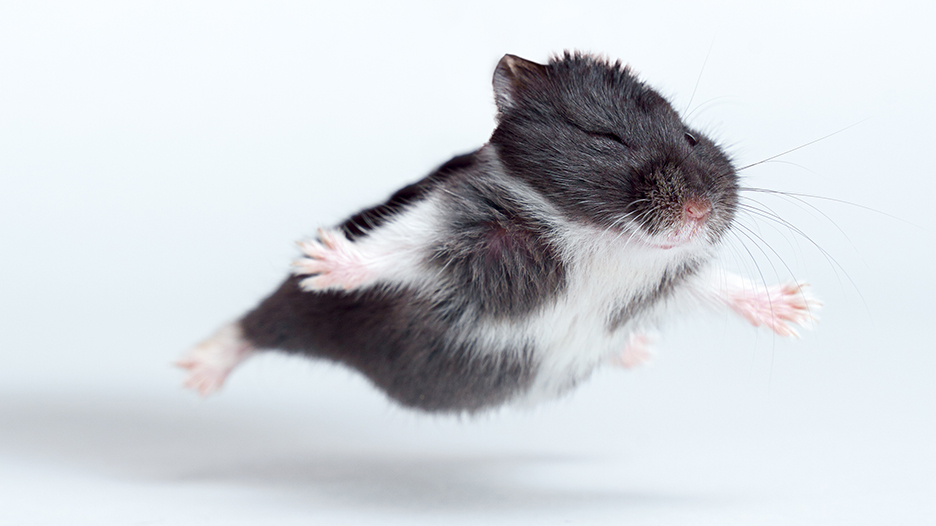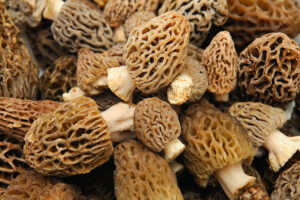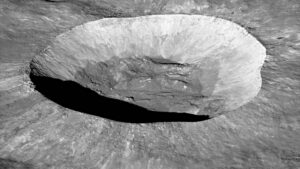A passion for the natural world drives many of our adventures. And when we’re not actually outside, we love delving into the discoveries about the places where we live and travel. Here are some of the best natural history links we’ve found this week.
You have no idea how hard it is to get a hamster drunk: Hamsters are the heaviest drinkers of the animal kingdom. “You just put a bottle of unsweetened Everclear in the cage and they love it,” says one researcher. Everclear is a neutral grain spirit, and hamsters can regularly drink 18 grams per kilogram of body weight a day. That’s the equivalent of a human drinking a litre and a half of 190-proof Everclear. For those not well-versed in Everclear, that is a lot of alcohol! In fact, when given the choice of alcohol or water, the little rodents pick alcohol. In the wild, hamsters collect seeds and fruit to keep them nourished over winter. Over time, these stores ferment. Even when they drink a lot, it is very hard to get a hamster drunk. Their livers are so efficient at processing ethanol that very little makes it into their blood.
What to do with radioactive water?
Japan to dispose of Fukushima water: Last week, Japan laid out plans to release contaminated water from the Fukushima nuclear plant into the sea. The first announcement in April led to an outcry from local fishermen and neighboring countries. In response, Japan commissioned a review to assess how the water should be handled. “Releasing the…treated water is an unavoidable task to decommission the Fukushima Plant,” said Prime Minister Yoshihide Suga. Huge tanks currently store 1.3 million tonnes of contaminated water at an annual cost of over $900 million. Filters will remove most of the harmful radioactive isotopes. Only tritium, a hydrogen isotope, will remain. Before releasing the water in 2023, they plan to dilute it so that tritium levels are below the regulatory limits.

Antarctic invaders. Image: Shutterstock
Tourists bring invasive species to Antarctica: Antarctic visitors bring invasive species with them, usually seeds and microbes. Studies have found 11 new invertebrate species and meadowgrass, an aggressive weed. Introduced microbes also pose a threat. COVID-19 reached Antarctica in December 2020, despite strict protocols, and a rare bacterium that infects humans has turned up in penguin feces.
Scientists build atlas of ocean’s oxygen-starved waters: Oxygen-deficit zones (ODZs) make up less than one percent of the ocean’s volume. They are a significant source of nitrous oxide, a greenhouse gas. Using 40 years’ worth of ocean data and 15 million measurements, MIT scientists have created a 3D atlas of the largest ODZs. The map shows the volume, extent, and varying depth of each one. They plan to use the atlas to track changes in the zones as the climate warms.

Oxygen-deficient zone intensity across the eastern Pacific Ocean. Photo: MIT/Jarek Kwiecinski and Andrew Babbin
A silver lining to the great asteroid impact
Asteroid that wiped out dinosaurs gave rise to South American rainforests: Sixty-six million years ago, the Chicxulub asteroid wiped out the dinosaurs. It also triggered environmental shifts that gave us the Earth we know today. Tropical rainforests, for example, are a by-product of this catastrophic event. While the asteroid destroyed 45 percent of plant species, ash from the collision enriched the soil. The plants that took over were very different from those that came before. Combined with the lack of giant herbivores in the area, this allowed more species to grow.
Seals with sensors used as Antarctic researchers: Seals with sensors stuck to their heads are collecting data from the ice shelves in Antarctica. The eight equipped Weddell seals can avoid ice and rocks that stymie research boats. The data has shown new aspects of the Antarctic Ocean’s seasonal changes and the hunting habits of seals.

A Weddell seal with sensors on its head. Photo: Nobuo Kokubun






